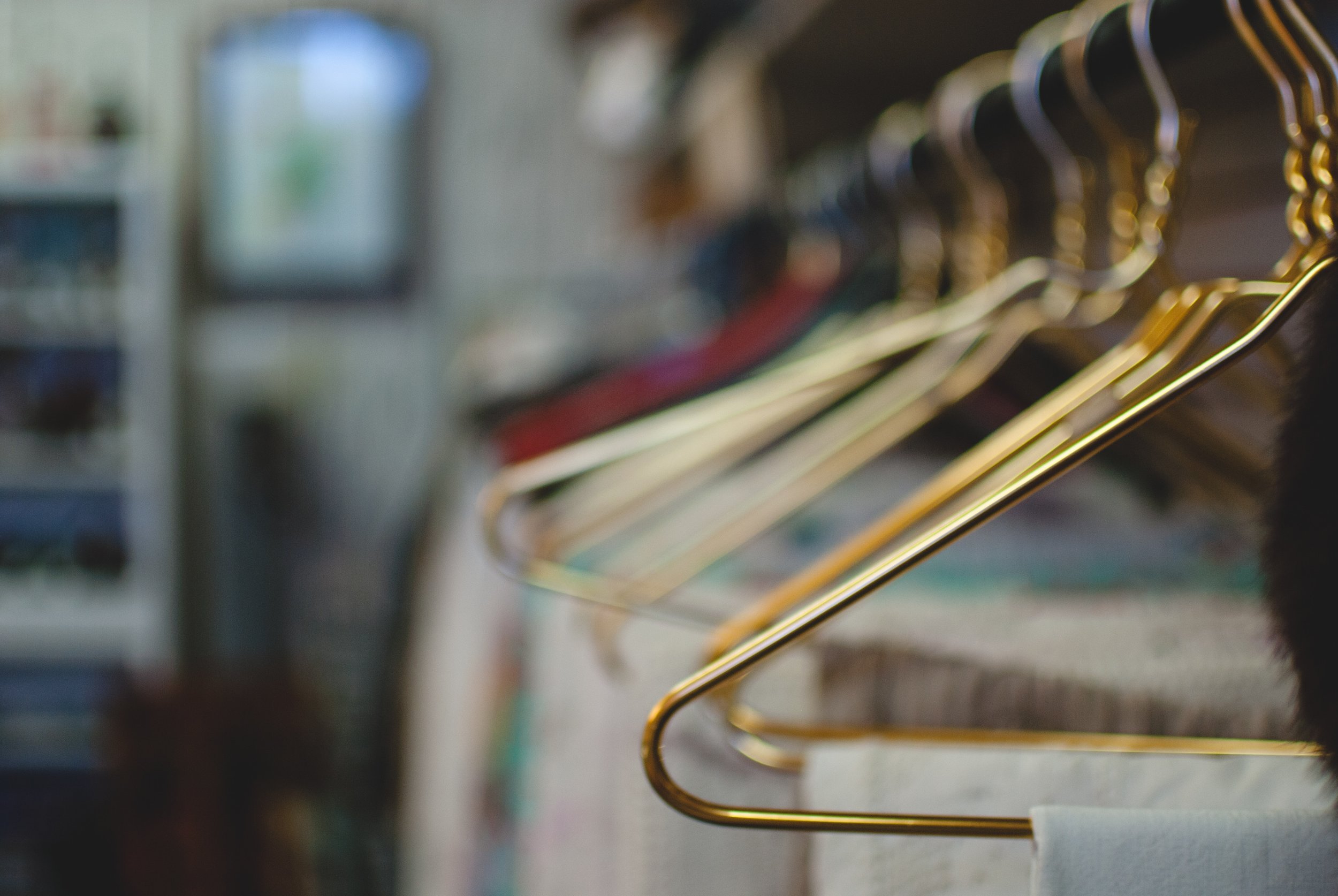My Ethical Fashion Journey: Into the Unknown
Before coming across Together Street I had never really considered where my clothes came from. If I ever had any qualms about my fashion habits they were formed around guilt for the excess (how many pairs of jeans does anyone really need?), or around the environmental impact of so many things being created, worn and then donated. The fast fashion fix taking it’s toll. However in all of this, the broader question of the life-cycle of my clothes or the impact my decisions were making were not part of my consideration set – in fact I was not even aware my decisions had an impact. Learning more about the origins of our clothes and the people involved has been a revelation – often a very uncomfortable and disturbing one, but also a journey that is energising and hopeful as the world’s focus begins to turn to this topic. When the concept of Together Street was born, the information available was minimal and not many mainstream brands were engaged in the conversation. The movement is still in its infancy but it is great to see the growth of businesses built on transparency in the supply chain, and perhaps even more impactful to see high street brands like H&M publicising their first forays into the area. On looking into this more, there are a couple of things that stand out for me. Firstly, how closely correlated the fashion supply chain is with established campaigns and causes without our society – and yet not directly called out as both a cause and solution. At the same time as believing deeply about issues around the environment, gender equality and wealth distribution I had not understood how large a part the fashion industry – and my part as a consumer in it – played.
Some facts from Fashion Revolution left me dumbfounded:
Environmental - The Carbon Trust estimates that clothing accounts for around 3% of global production of CO2 emissions, in addition to the impact of dyes and water usage. Businesses that don't care for their staff aren't high on the list of environmentalists either!
Sustainability - According to the Environmental Protection Agency (EPA), 84% of unwanted clothes in the United States in 2012 went into either a landfill or an incinerator. Not only are we buying more as a western society, but disposable fashion is just that – disposable not recyclable.
Gender equality - approximately 75 million people work to make our clothes. 80% of them are women between the ages of 18 and 35, and most of them live in poverty. Rather than employment helping these women out of poverty and inequality cycles, their jobs are reinforcing them.
My journey so far has also shown me some amazing positives and some mistakes to avoid. For example, in taking this challenge on I looked at the proudly Canadian clothing brand Carhartt and upon discovering my husband’s t-shirt was made in Bangladesh, I wrote them off as unethical. This is a very damaging assumption – that Bangladesh = bad, whereas Canada = good. East = bad, West = good. The reality is that it's the model, ethics and transparency of the supply chain that will determine where it sits, and that the situation is a spectrum not a binary judgement. I still have no idea which end of the spectrum that Carhartt t-shirt sits on – so I am going to find out, and let you know where the next step of my journey takes me.



